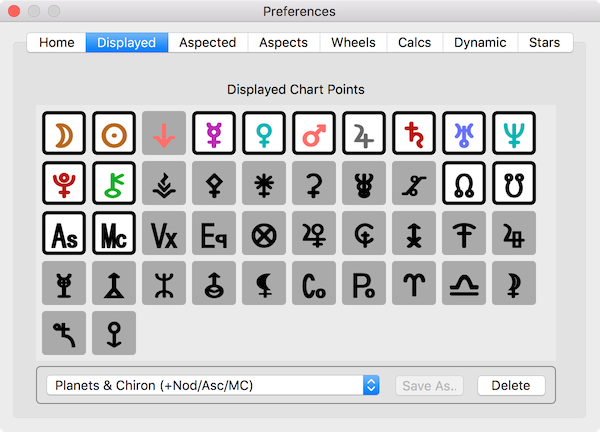


ROM Board (maximum size of 172MBytes) / GD-Romīump Mapping, Fog, Alpha-Bending (transparency), Mip Mapping (polygon-texture auto switch), Tri-Linear Filtering, Anti-Aliasing, Environment Mapping, and Specular Effect. Hitachi SH-4 32-bit RISC CPU (200 MHz 360 MIPS / 1.4 GFLOPS)ĪRM7 Yamaha AICA 45 MHZ (with internal 32-bit RISC CPU, 64 channel ADPCM)

Theoritically a 16 board NAOMI system could do (16 x 3.5 mpps) = 56 million polygons/second.The Atomiswave system from Sammy is based on NAOMI hardware.The Capcom JVS/JAMMA converter is preferable since it offers a voltage converter for the needed 3.3 V line, and audio amplifier with volume control, the JAMMA connector and a JAMMA+ kick harness compatible with CPS2 and CPS3 games. Two were manufactured by Sega and another from Capcom. There are three different I/O boards available for interfacing the NAOMI with JAMMA setups. The NAOMI is able to output graphics in VGA and CGA resolutions. The JVS uses a USB A port for inputs and VGA for video output. The NAOMI uses the newer JAMMA Video Standard (JVS) for I/O. While the NAOMI became a huge success the G-Net never really made it and only some 20+ titles were ever released for the G-Net. Taito launched their G-Net system (based on Sony’s PlayStation hardware) the same year as the NAOMI and, as Sega, tried to license it widely to developers. Besides Sega about 20 companies has produced titles for the NAOMI system including Capcom, Namco Bandai, Tecmo, Cave, Sammy, SNK, Jaleco and Koei. Unlike Sega’s previous arcade platforms the NAOMI was widely licensed for use by other game publishers. Only if the game data in the RAM gets corrupted of if the system’s been powered off for about 72 hours the game will again have to be read from the GD-ROM. Once the disc has been read the game is run from the RAM for better performance and reducing the mechanical wear on the GD-ROM reader.Įven if the system is turned off the game will load from the RAM when powered on again. The contents of the disc is downloaded onto the DIMM board’s RAM on start up. The Dreamcast streams the data from the GD-ROM while the NAOMI arcade boards features 168 MB of solid state ROM or GD-ROM’s using a DIMM board and a GD-ROM reader. GD-ROMĪnother key difference between the NAOMI and the Dreamcast is how the game media is handled. The NAOMI Universal Cabinet was developed specifically for the NAOMI system and can house up to 16 units. Multiple units can be linked to improve graphics performance or to support multiple monitors. Though the NAOMI has twice the amount of system memory and video memory and four times as much sound memory as the Dreamcast. It’s based on the same hardware components as the Dreamcast game console. The Sega NAOMI (New Arcade Operation Machine Idea), first shown at JAMMA in September 1998, is the successor to the Sega Model 3 platform. Later posts will cover the hardware (I just love taking things apart :P), connecting the NAOMI to JAMMA cabinets, setting up the NAOMI with a GD-ROM and netbooting (loading games from a server).
#Astro gold license key number series
This is the first in a series of articles about the Sega NAOMI system. Lastly a picture of my now labelled loom from inside the PSU.

The amplifier (a Sega Model 3 Stereo Amplifier is mounted upside-down below the PSU in the NVS-4000-01. NVS-4000-01 Stereo apmlifier Sega Model 3 Stereo Amplifier Top view of the PSU with cooling plate removed. The PSU with the cover and front/back panels removed. For now I’m just posting the pictures I took when I opened it up a couple of days ago for a clean up and a bit of troubleshooting regarding the wiring of the mono sound output. I’m not going dive deep into the hard data in this post. It also has a built in stereo sound amplifier.
#Astro gold license key number full
While it does lack a -5V output it is a behemoth boasting numerous inputs and outputs and the capacity to deliver enough power to drive a full NAOMI set up with JVS/JAMMA adapter and GD-ROM. The NVS-4000 Power Supply Unit found in some New Astro City cabinets (and perhaps others as well) are considered the Rolls Royce of PSU’s by some.


 0 kommentar(er)
0 kommentar(er)
